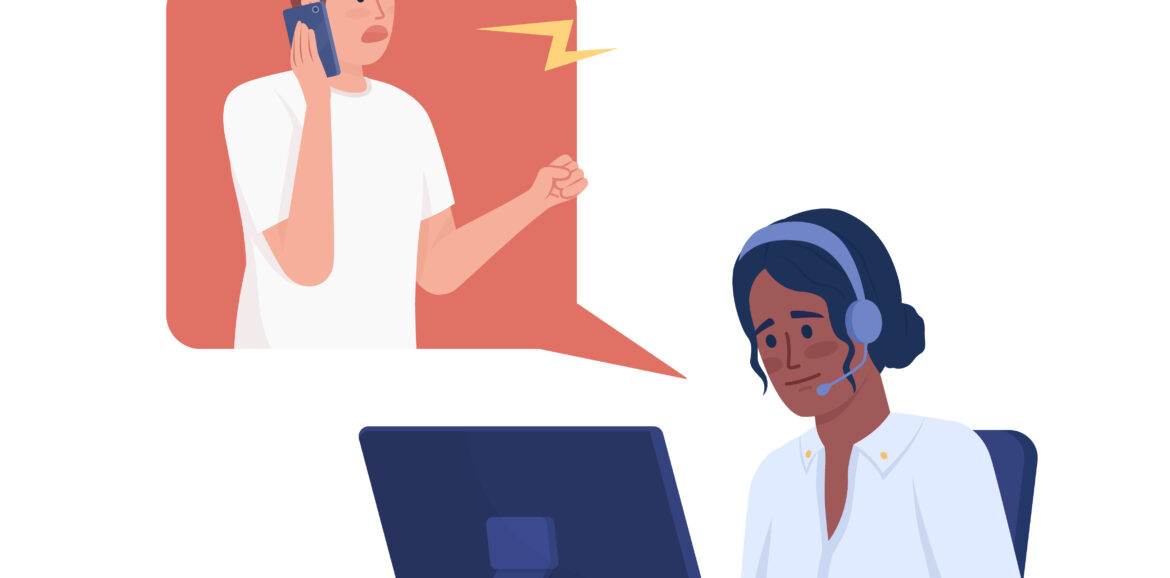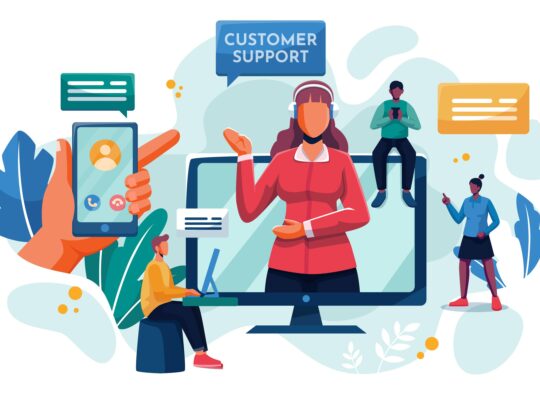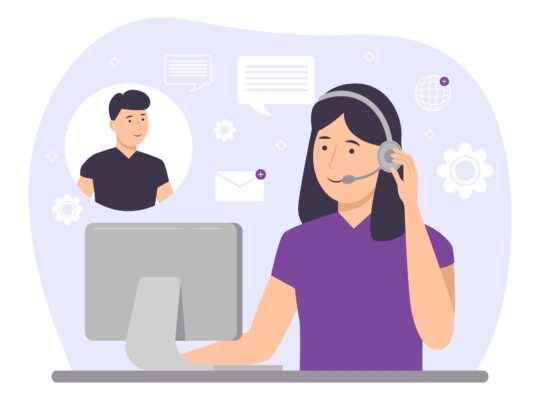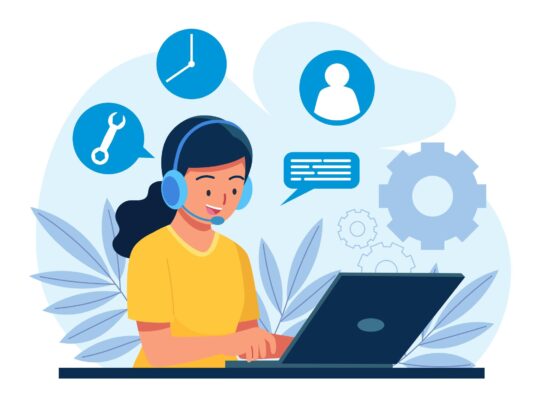| Tackling Intense Customer Service Moments | ||
| Instructor: Afton Howard and Madecraft | ||
| Released: 8/1/2024 | Course Details 38m General | |
| Skills Covered Customer Service Difficult Situations | Course Link | |
| Professional Certifications and Continuing Education Units (CEUs) N/A | ||
| Navigating challenging customer interactions requires a blend of empathy, skill, and strategy. Afton Howard, a customer service expert, offers insights into preparing for and thriving through difficult conversations. This course covers a spectrum of skills, from practicing customer empathy and building trust through organizational values to mitigating legal risks. After this course, you’ll be able to turn challenges into opportunities for growth and customer satisfaction. Learning objectives – Navigate intense customer scenarios with communication skills. – Build customer trust by aligning with organizational values. – Anticipate and mitigate legal risks in interactions. – Apply active listening to address customer concerns. – Balance professionalism and empathy in challenging situations. Source: LinkedIN Learning | ||
Preparing for Intense Moments
Practice customer empathy
Empathy:
The ability to sense others’ emotions and understand their thoughts or feelings.
Types of Empathy:
- Feel others’ emotions with affective empathy
- Understand others’ perspectives with cognitive empathy
Acknowledge and address the customer’s emotions when resolving issues. When practicing empathy, your beliefs take a back seat to the customers’ emotions.
Build customer trust with organizational values
Company handbooks outline the values you should apply to your service. Embody company values in your work.
Understand Your Company
- Read handbook and training material
- Learn more about company values
Boldly and consistently communicate company values in all interactions.
Mitigate legal risk in customer interactions
Legal Barriers:
- Laws, policies, and practices that protect businesses and customers from unethical practices and litigation.
The Title VII Civil Rights Act legally prevents discrimination in employment and service.
Understand Legal Policies
- Review privacy notices
- Study refund policies
- Learn refusal of service rules
Reach out to HR or legal departments for in-depth interpretation of policies. Invest time in understanding legal barriers.
Anticipate and address customer issues
Active listening and questioning can help anticipate customer issues. Gather all details before presenting a solution to avoid errors. Use customer feedback to identify recurring issues and prepare solutions. Know your company policy and prepare alternatives before problems arise. Prepare solutions in advance to anticipate customer needs and prevent problems.
Recognize intense customer moments
Handling Difficult Customers
- Remain firm on company policy
- Follow up with documentation
- Avoid heated arguments
- Clarify no exceptions allowed
Handling Personal Conflicts
- Call for help immediately
- Find a safe space to wait
- Secure a witness if possible
- Seek support from coworkers
Handling Emergency Moments
- Stay clam and attentive
- Cooperate with emergency personnel
- Avoid creating your own solution
- Document the incident accurately
Navigating Intense Moments
Implement active listening with customers
Incorporate active listening in all interactions to understand customer needs better. Active listening involves no interruptions and full attention. Empathize and understand your customer’s perspective. Summarize and paraphrase customer concerns.
Maintain your professionalism with customers
Being professional means you are dependable, knowledgeable in your field, courteous, poised, respectful, and committed to serving.
Seek constructive feedback to improve professionalism. Always prioritize the customer in a customer-centric approach.
Building Customer Trust
- Allow customer control
- Reassure their concerns are heard
Balance assertiveness with customer empathy
Assertiveness is not being aggressive. Use calm and assertive tones when delivering information – good or bad. Use empathy in assertiveness to understand and acknowledge others’ emotions. Balancing compassion with assertiveness helps find solutions with the customer.
Take responsibility for customer interactions
Accountability develops customer trust.
Owning Your Work
- Be accountable for your work.
- Own your mistakes.
Recovering From Mistakes
- Offer an honest apology
- Take responsibility proactively
Handling Intense Moments
- Embrace accountability
- Own your mistakes quickly
Leverage customer negotiating skills
Negotiation requires understanding your offer and finding a mutually beneficial solution. Ensure a solution satisfies both the customer and the company. Negotiation involves flexibility in problem-solving. During tough times, customers need assurance. Use negotiation skills effectively.
Document customer interactions
- WHO? Collect names and contact details of all involved parties.
- WHAT? Document the sequence of events to understand what happened.
- WHEN? Record the dates and times of when events happened.
- WHERE? Find the location or a point in a process where a problem occurred.
- HOW? Record the resolution of the issue for a fair analysis.
Ensure accuracy in documentation by having a colleague review it.
Benefits of Templates
- Keeps information consistent
- Helps you remember what to record
Documentation enhances customer service and records history.
Set realistic expectations for resolutions
Inform the customer about all relevant policies and processes. Clearly communicate the resolution. Clarify all relevant timelines. Ensure the customer has all reference materials.
Reflecting on Intense Moments
Implement customer follow-ups
Customer satisfaction surveys help verify if a product is fulfilling its purpose. Loyalty programs offer a chance to follow up with customers and gather feedback.
Enhancing Customer Service
- Collect customer data
- Follow up on issues
- Maintain customer trust
Engage in additional customer service training
Increase knowledge to provide more solutions. With training, customer assistance improves. Training can boost your career progression.
Benefits of Training
- Offers more resources
- Provides physical aids
- Gives digital assistance
Additional training can create opportunities for you to meet mentors who can help you throughout your career.
Practice self-care as a customer service professional
Build a healthy work/life balance to handle intense customer service situations effectively. Taking care of your home life will set you up to effectively deal with customers. Incorporate self-care into work by knowing your emotional limits.
 | Remember! To experience the full benefit of this guide, I highly recommend you watch the full training session. |






